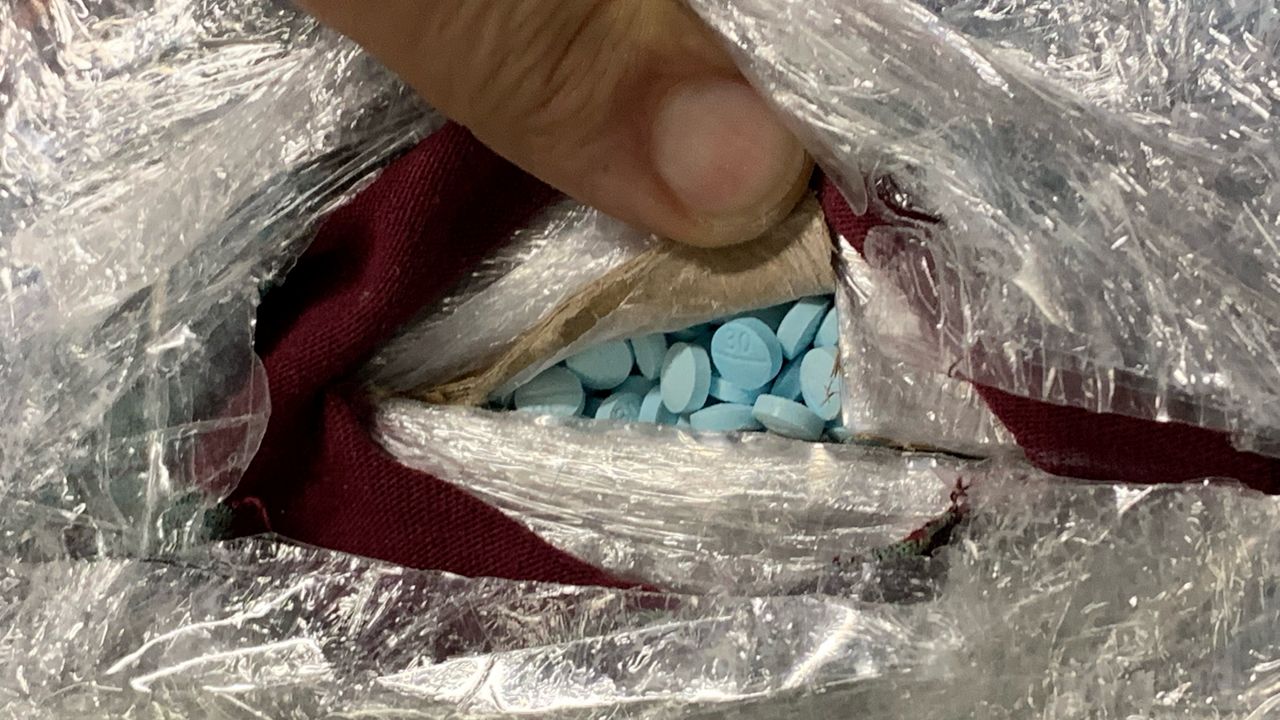Deadly fentanyl is being found in illicit drugs like heroin, cocaine and illegally manufactured pills, public health officials in New York warned this month.
Fentanyl can be 50 to 100 times stronger than heroin and officials have attributed its spread to a record rise in overdose deaths over the last several years. The state Department of Health on Friday warned that most overdose deaths in New York now involved fentanyl.
At the same time, health officials warned of the prevalence of the drug xylazine, a powerful sedative used for animals that can contribute to overdoses as well.
“Fentanyl has made street drugs far more dangerous. Even casual or occasional drug use can result in an overdose or death,” State Health Commissioner Dr. Mary Bassett said. “We all need to be able to recognize an overdose and have access to naloxone, the medication which reverses opioid overdoses and saves lives. I carry naloxone with me in case I come upon someone who needs it, and anyone with a loved one they are concerned about being exposed to Fentanyl should consider doing the same.”
New York health officials have sought to raise awareness of the spread of fentanyl in commonly used illicit drugs through social media and other outlets as they also seek to combat a historic rise in overdoses coinciding with the COVID pandemic.
During the summer, the state Department of Health ordered all pharmacies in New York to carry naloxone, a chemical agent used to counteract the effects of overdoses. Health officials in November also started a five-year contract to purchase the naloxone nasal spray Narcan, which can be provided for free to overdose prevention programs registered with the state and located outside of New York City.
Within New York City, the Department of Health and Mental Hygiene provides naloxone to the programs.
The efforts come as advocates for treating addiction and preventing overdoses criticized a decision by the Office of Addiction Services and Supports to reject two recommendations by an advisory board for how to spend opioid settlement funds, including needle exchanges and supervised injection sites.



